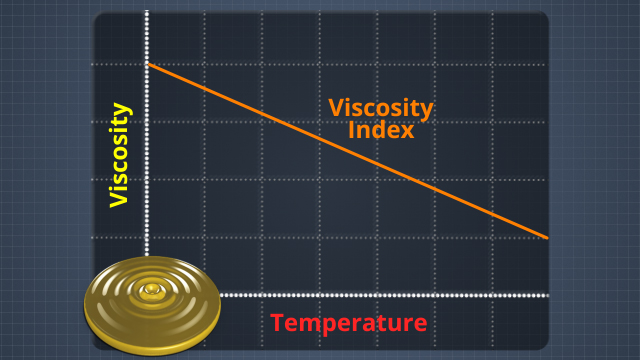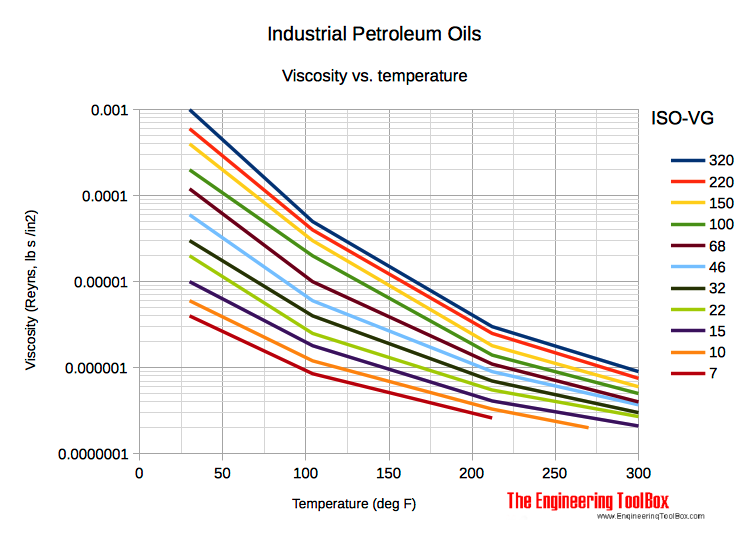
- Houdini viscosity index serial#
- Houdini viscosity index drivers#
- Houdini viscosity index update#
- Houdini viscosity index driver#
An NVMe BIOS is not a difficult technical hurdle, but it does require engineering hours and money, so it’s unlikely it will stretch far back into the legacy pool.Įqually daunting for early adopters is the connection conundrum. Without an NVMe-aware BIOS, you can’t boot from an NVMe drive, though anyone with a x4 PCIe slot or M.2 connector can benefit from employing an NVMe drive as secondary storage. However, BIOS support is largely lacking. When Apple decides to support NVMe, the latter should make it easy to port.
Houdini viscosity index driver#
Linux has had NVMe support since kernel 3.1 Windows 8.1 and Server 2012 R2 both include a native driver, and there’s a FreeBSD driver in the works.
Houdini viscosity index drivers#
One of the best things about NVM Express is that you don’t have to worry about drivers showing up. PCIe expansion card solutions such as OCZ’s RevoDrive, Kingston’s Hyperx Predator M.2/PCIe, Plextor’s M6e and others have been available for some time now, but to date, they have relied on the SCSI or SATA protocols with their straight-line hard drive methodologies. That’s a vast improvement, and in the latter case, a wide enough pipe for today’s fastest SSDs. Put a card in a x4 (four-lane) slot and you’ve got 2GBps of bandwidth with Gen 2 and nearly 4GBps with Gen 3. (Gen 2) offers approximately 500MBps per lane, and version 3.x (Gen 3), around 985MBps per lane. PCIe is the underlying data transport layer for graphics and other add-in cards, as well as Thunderbolt. AMD confirmed that it has no plans to bring NVMe RAID support for the X370 or B350 platforms.įortunately, a suitable high-bandwidth bus technology was already in place-PCI Express, or PCIe.
Houdini viscosity index update#
This software update is in the form of both a driver update (including a lightweight F6-install driver), and a motherboard BIOS update, letting AMD X399 chipset motherboards boot from RAID 0, RAID 1, and RAID 10 arrays made up of up to ten NVMe drives. AMD is addressing this, by adding support for NVMe RAID through a software update, scheduled for 25th September. While you could build soft-RAID arrays using NVMe drives, you couldn't boot from them. When AMD Ryzen Threadripper HEDT platform launched earlier this year, a shortcoming was its lack of NVMe RAID support. For a long time this was fine, as it took a while for SSDs to ramp up in speed.

It was simply more convenient to use the existing PC storage infrastructure, putting SSDs on relatively slow (compared to memory) SATA and SAS. SSDs have far more in common with fast system memory than with the slow hard drives they emulate. The industry knew this impasse was coming from the get-go. Even 12GBps SAS SSD performance stalls at around 1.5GBps.
Houdini viscosity index serial#
" Serial ATA and Serial Attached SCSI (SAS) offer plenty of bandwidth for hard drives, but for increasingly speedy SSDs, they’ve run out of steam.īecause of SATA’s 600Gbps ceiling, just about any top-flight SATA SSD will score the same in our testing these days-around 500MBps. I'm an artist who loves computers, not a computer guy.īut this piqued my curiosity NVME RAID boot? what the hell is that? Now I don't pretend to be any expert on computers.

NVME RAID boot will be supported in upcoming BIOS update (Fall17). Question: Can this board take 2 samsung 960 pro m.2 ssds? i cant tell from the photos? wanting to run them in raid 0 for the operating system and gamesĪnswer: Can use 3 M.2 natively. With a huge cooling surface, the heatsink perfectly chills an inserted M.2 SSD. It is also equipped with an M.2 heatsink integrated into the PCH heatsink.

ROG Zenith Extreme's DIMM.2 module is a bundled expansion card that allows two M.2 drives to be connected via a DDR4 interface. Powered by AMD Ryzen Threadripper TR4 processors to maximize connectivity and speed with support for up to 128GB of DDR4 memory, three (3) NVMe M.2 drives, front side U.2 and front panel USB 3.1 Gen2 port

It takes up to three of these 2 TB drives Then I was over at WCCF looking at their computer builder app and saw that they had this matched with this motherboard which is exclusively built for the 16 core AMD Threadripper Read / write transfer rates: 3500MB/s / 2100MB/s Here's a 2TB Samsung model you can get for around $1200 A couple weeks ago I became aware of M2 drives which have their own bus to the CPU.


 0 kommentar(er)
0 kommentar(er)
